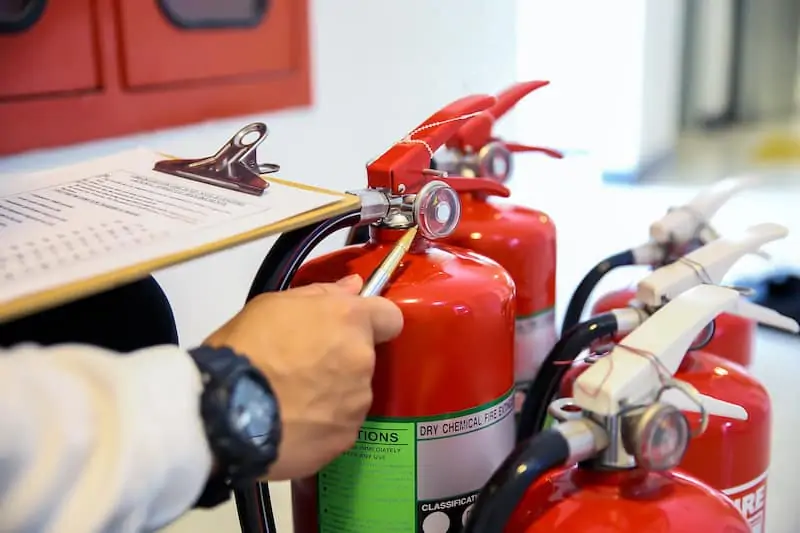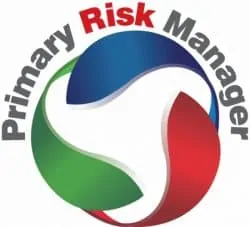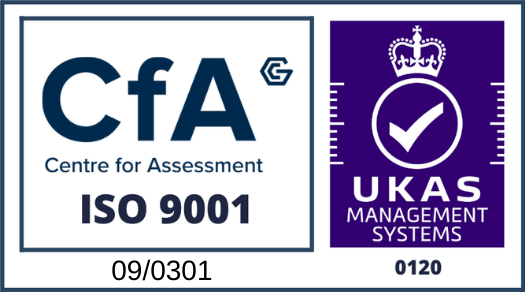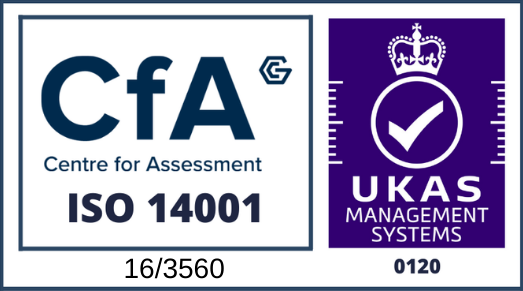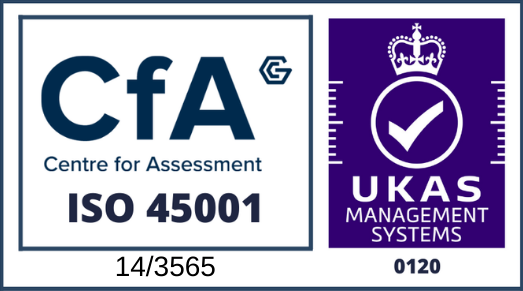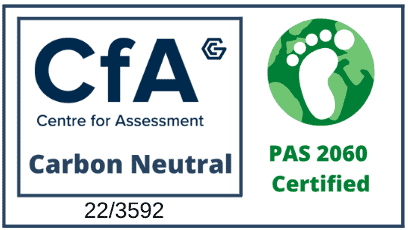What are Non-Conformity Reports (NCR’s)?

When you’re providing a product or service to someone, quality is key. In a perfect world, things would always work out as planned, though we all know that’s impossible. When things don’t quite go as planned, a non-conformity report is used, documenting all of the small details.
If you’re wondering what are non-conformity reports and what to do with them, we’ve got the answer to all of your questions below. We’ll provide examples and introduce you to key differences between minor and major non-conformance so that you’re prepared for whatever comes your way.
What Is Non-Conformance?
Before we get to what are non-conformity reports and what to do with them, let’s take a look at non-conformance. When an individual or a business enters into an agreement that doesn’t quite turn out as planned, that’s considered non-conformance. The agreement could be a contract for a product, service, or even a process.
If things do not meet expectations or companies finalise the contract without following industry standards, the purchasing party has a right to file a con-conformity report.
What Is a Non-conformance Report?
When an agreed-upon product, service, or procedure doesn’t turn out the way that was expected, a non-conformity report is there to report all of the details. It’s often used as a measure of quality assurance, helping to keep it from happening again. Some things that a non-conformity report will include are:
- Exactly what went wrong
- Why work didn’t meet expectations
- How the problem can be prevented
- What sort of corrective actions will be taken?
- Company or individual who did not comply with regulations or expectations
Now that you know what are non-conformity reports and what to do with them, let’s take a look at some examples where you could use them.
When to Issue a Non-conformance Report?
Non-conformance reports are not a one size fits all kind of report. There are many instances where a report could be filed, including:
- Issues involving construction or building that didn’t turn out as planned
- Failure to inspect or test items, services, or products
- Use of non-approved materials
- Approved or agreed-upon procedures were not followed
There are many more where these come from, as it just depends on the industry in which a non-conformity report is being filed.
Who Can Issue a Non-conformance Report?
In most industries, there is someone that is overseeing the contract or project. The person in charge and overseeing the job from start to finish is the one that typically issues the non-conformance report. Due to the fact that it’s an official report that requires detailed information, it’s typically an issue for upper management or HR to take care of.
Difference Between Minor and Major Non-conformance
Non-conformance comes in many shapes and sizes, and some cases are worse than others. There are two types of non-conformances, each used in different circumstances.
Minor Non-Conformance
Minor non-conformance is an instance that doesn’t occur typically. Most minor non-conformance are easy to identify and have little to no impact on customers directly. A few examples of minor non-conformance include:
- One document that lacks a signature
- Alternations to any contract or document within the agreement
- Lack of approvals throughout the process
- Failure to follow the agreed-upon material
Major Non-Conformance
When there is an instance of major non-conformance, involve ed parties might have a hard time getting to the bottom of it. If steps are not taken to make things right, customers could be negatively impacted, something that no business wants to encounter. Some examples of major non-conformance include:
- Lots of documents without proper signatures
- Tons of alterations that didn’t have prior approval
- Discovery of multiple violations
- Issues that affect operations of the product or service
Example of a Non-conformance Report
A non-conformance report has to be carefully created, providing factual and current information about all those involved in the contract, the product or service involved, and the issues that occurred. Sections needed in a non-conformance report include:
- The form number – there is a unique one for all filed reports
- Any and all numbers involved in the project or service that help identify it (keep track of these)
- Information about the providing company
- Detailed accounts of how the company did not comply with contract information
- Signatures, notaries, and a proposed corrective action
Tips for Writing an Effective Non-conformance Report
Now that you know what are non-conformity reports and what to do with them, we’ll leave you with some tips for writing an effective non-conformance report.
Tip #1. Document as much as you can
This will help in case things get fuzzy when trying to recall all the tiny details.
Tip #2. Separate major and minor non-conformances
Because they are handled differently, it’s a good idea to separate both major and minor non-conformances. This will make the process of correction run smoother.
Tip #3. Determine who’s responsible
Identifying who is at fault and how they will make changes to fix everything is an important part of the process. Make sure those responsible know about it so they can take steps to resolve the issue.
Tip #4. Keep track of things
Even if the party responsible has agreed to get things back in order, you should still keep track of all changes and ensure that they are taking place correctly and efficiently.
Tip #5. Provide the steps
To keep things simple and clear for all of those involved, it’s a good idea to add steps that all parties can follow. In this way, you’ll have a clear outline of what you expect and how the party at fault can correct them.
Tip #6. Review and tweak
Make sure to review everything before handing it off and, if necessary, make changes to ensure that everything runs smoothly from start to finish. The more open and communicative all parties are, the better and faster all issues will be solved.
Share
Do you want us to take care of your fire compliance? H&S compliance? ISO certification? training? human resources?
At RKMS we are determined to make a business run as efficiently as possible. Will that next business be yours?
Related Resources
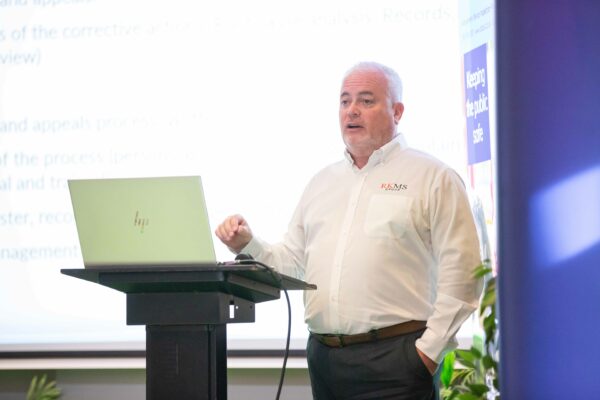
RKMS Group and ADIPS Unveil Groundbreaking Partnership for Amusement Industry Safety
ADIPS and RKMS announce partnership for IB audits ADIPS and RKMS today announced a partnership to deliver a comprehensive auditing programme for inspection bodies in
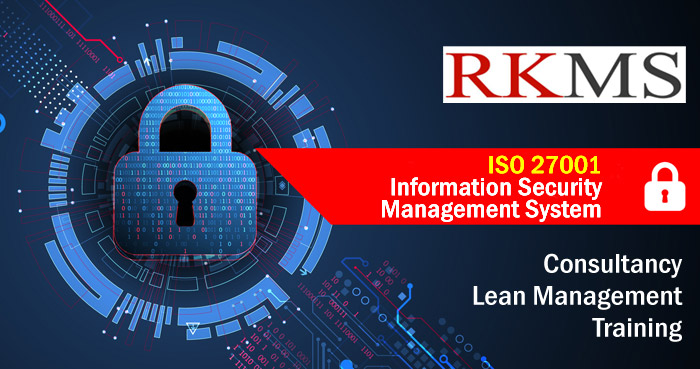
The Cost Of ISO 27001 Certification
Find Out More: How Much Does An ISO 27001 Information Security Management System Cost In The UK? The Cost of ISO 27001 Certification UK Typically,
Do you want us to take care of your fire compliance? H&S compliance? ISO certification? training? human resources?
At RKMS we are determined to make a business run as efficiently as possible. Will that next business be yours?
John Keen
Do you want us to take care of your fire compliance? H&S compliance? ISO certification? training? human resources?
At RKMS we are determined to make a business run as efficiently as possible. Will that next business be yours?
